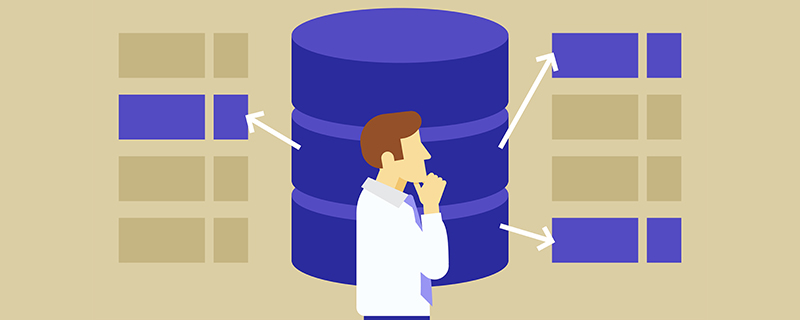二进制协议允许你使用mysql_time结构发送和接受日期和时间值(date、time、datetime和timestamp)。在25.2.5节,“c api预处理语句的数据类型”中,介绍了该结构的成员。
要想发送临时数据值,可使用mysql_stmt_prepare()创建预处理语句。然后,在调用mysql_stmt_execute()执行语句之前,可采用下述步骤设置每个临时参数:
在与数据值相关的MYSQL_BIND结构中,将buffer_type成员设置为相应的类型,该类型指明了发送的临时值类型。对于DATE、TIME、DATETIME或TIMESTAMP值,将buffer_type分别设置为MYSQL_TYPE_DATE、MYSQL_TYPE_TIME、MYSQL_TYPE_DATETIME或MYSQL_TYPE_TIMESTAMP。
将MYSQL_BIND结构的缓冲成员设置为用于传递临时值的MYSQL_TIME结构的地址。
填充MYSQL_TIME结构的成员,使之与打算传递的临时支的类型相符。
使用mysql_stmt_bind_param()将参数数据绑定到语句。然后可调用mysql_stmt_execute()。
要想检索临时值,可采用类似的步骤,但应将buffer_type成员设置为打算接受的值的类型,并将缓冲成员设为应将返回值置于其中的MYSQL_TIME结构的地址。调用mysql_stmt_execute()之后,并在获取结果之前,使用mysql_bind_results()将缓冲绑定到语句上。
具体看代码:
#include <stdio.h> #include <stdlib.h> #include <string.h> #include <dlfcn.h> #include <mysql> #include <stdio.h> #include <stdlib.h> #include <unistd.h> #include <string.h> #include <errno.h> #include <termios.h> #include <mysql> int main() { int ret = 0, status = 0; MYSQL *mysql; MYSQL_RES *result; mysql =mysql_init(NULL); mysql =mysql_real_connect(mysql, "localhost", "root", "123456", "mydb2", 0, NULL, CLIENT_MULTI_STATEMENTS ); if (mysql == NULL) { ret = mysql_errno(mysql); printf("%s", mysql_error(mysql)); printf("func mysql_real_connect() err :%dn", ret); return ret; } else { printf(" ok......n"); } MYSQL_TIME ts; MYSQL_BIND bind[3]; MYSQL_STMT *stmt; //注意: // 创建的表语句 // create table test_table (date_field date, time_field time, timestamp_field timestamp ); char query[1024] = "INSERT INTO test_table(date_field, time_field, timestamp_field) VALUES(?,?,?)"; stmt = mysql_stmt_init(mysql); if (!stmt) { fprintf(stderr, " mysql_stmt_init(), out of memoryn"); exit(0); } if (mysql_stmt_prepare(stmt, query, strlen(query))) { fprintf(stderr, "n mysql_stmt_prepare(), INSERT failed"); fprintf(stderr, "n %s", mysql_stmt_error(stmt)); exit(0); } /* set up input buffers for all 3 parameters */ bind[0].buffer_type= MYSQL_TYPE_DATE; bind[0].buffer= (char *)&ts; bind[0].is_null= 0; bind[0].length= 0; // bind[1]= bind[2]= bind[0]; //... mysql_stmt_bind_param(stmt, bind); /* supply the data to be sent in the ts structure */ ts.year= 2002; ts.month= 02; ts.day= 03; ts.hour= 10; ts.minute= 45; ts.second= 20; mysql_stmt_execute(stmt); // Close the statement // if (mysql_stmt_close(stmt)) { fprintf(stderr, " failed while closing the statementn"); fprintf(stderr, " %sn", mysql_stmt_error(stmt)); exit(0); } mysql_close(mysql); }</mysql></termios.h></errno.h></string.h></unistd.h></stdlib.h></stdio.h></mysql></dlfcn.h></string.h></stdlib.h></stdio.h>
以上就是MySQL入门之时间相关函数的内容,更多相关内容请关注PHP中文网(www.php.cn)!















